Do you have a question about the Toyota Tacoma 2007 and is the answer not in the manual?
Provides an overview of the vehicle's instrument panel layout and components.
Provides an overview of the vehicle's instrument panel layout and components.
Explains the meaning of various warning lights and indicator symbols on the instrument panel.
Covers information about vehicle keys, doors, locks, and remote control systems.
Describes the different types of keys provided and their use with the vehicle's locks.
Details the operation of the wireless remote control system for locking/unlocking doors and activating the alarm.
Explains the function and operation of seats, seat belts, SRS airbags, and child restraint systems.
Covers seat adjustment, front seat precautions, and seatback adjustments for safety and comfort.
Details the SRS airbags, their function, and precautions to avoid injury during deployment.
Provides essential safety information and precautions for using child restraint systems correctly.
Covers the operation and adjustment of the steering wheel and various vehicle mirrors.
Explains how to adjust the steering wheel for tilt and telescopic position for optimal driving comfort.
Explains how to adjust the inside rear view mirror to reduce glare from headlights during night driving.
Explains the operation of various vehicle lights, turn signals, and windshield wipers and washer.
Explains how to operate headlights, turn signals, and the automatic light cut-off system.
Explains how to operate the windshield wipers and washer, including intermittent settings and fluid squirting.
Details the vehicle's gauges, meters, and service reminder indicators.
Explains how to read the fuel gauge and the low fuel level warning light.
Explains the meaning of various service reminder indicators and buzzers and the actions to take.
Covers the operation of the ignition switch, transmission selector lever, and parking brake.
Describes the different positions of the ignition switch and their functions, including the engine immobilizer system.
Details the operation of the four-wheel drive system, including front drive control and shifting procedures.
Covers the reference, usage, remote controls, and operating hints for the vehicle's audio system.
Provides basic information on using the audio system, including turning it on/off and switching functions.
Explains the controls, settings, operating tips, and filter for the air conditioning system.
Identifies and describes the main controls for the air conditioning system: fan speed, temperature, air flow, air intake, and A/C button.
Details various other equipment and storage features in the vehicle.
Describes the accessory meter, including the E/M button, compass, and outside temperature display.
Explains how to use the cup holders, including their adjustability for different cup and can sizes.
Covers essential information for safe driving, including off-road precautions, break-in period, fuel, and brake system.
Provides critical safety precautions for operating the vehicle off-road, emphasizing rollover risks and careful driving.
Details the tandem master cylinder brake system, its dual circuits, and precautions for driving with a single system.
Provides a detailed explanation of tire symbols, including size, DOT number, quality grading, and construction.
Covers essential procedures for starting the engine, driving tips, and vehicle maintenance for longevity.
Provides detailed instructions for starting both manual and automatic transmissions, including procedures for flooded engines.
Covers the effects of trailer towing on vehicle handling, performance, and safety, recommending proper equipment and cautious driving.
Provides guidance for various emergency situations, including starting issues, engine stalls, overheating, and flat tires.
Lists simple checks for starting problems, like battery terminals and fuel level, and when to contact a dealer.
Recommends professional towing and outlines precautions for different towing methods and equipment.
Covers essential practices for preventing corrosion and maintaining the vehicle's appearance.
Explains common causes of corrosion and recommends regular washing and prompt repair of paint damage.
Provides detailed instructions for hand-washing and waxing the vehicle to maintain its finish and prevent damage.
Highlights the importance of regular maintenance for smooth, safe, and economical driving, and owner responsibilities.
Emphasizes the owner's responsibility for performing regular maintenance as specified in the warranty.
Lists day-to-day care practices important for vehicle operation, such as checking fluids and lights.
Introduces the do-it-yourself maintenance section, covering engine compartment overview and service precautions.
Provides diagrams identifying key components in the engine compartment for the 2.7L and 4.0L engines.
Lists crucial safety precautions to follow when performing do-it-yourself maintenance to prevent injury and vehicle damage.
Covers essential checks and maintenance for the engine and chassis, including fluid levels and tire care.
Explains how to check the engine oil level using the dipstick and the correct procedure for adding oil.
Guides on how to check and adjust tire inflation pressure for optimal safety, handling, and tire life.
Explains how to check tire tread wear indicators and when tires should be replaced due to damage or age.
Covers basic electrical maintenance tasks, including checking the battery, fuses, washer fluid, and light bulbs.
Details precautions for working with the battery, checking its exterior condition, and emergency measures for electrolyte exposure.
Provides a table and illustrations for replacing various exterior and interior light bulbs, specifying bulb types and wattage.
Lists key specifications for the vehicle, including dimensions, capacity weights, towing, engine, fuel, tires, and fuses.
Provides detailed dimensions for regular cab, access cab, and double cab models, including length, width, height, wheelbase, and tread.
Details vehicle capacity weights for different cab and engine configurations, including maximum load and occupant distribution.
Outlines towing capacities for vehicles with and without a towing package, including engine and fuel specifications.
Details tire sizes, cold inflation pressures, spare tire information, and wheel nut torque specifications.
Explains how to report safety defects to NHTSA and provides information on truck-camper loading.
Guides owners on how to inform NHTSA about potential safety defects and the process for recalls.
Explains the function and importance of seat belts, SRS airbags, and child restraint systems for occupant safety.
Emphasizes that seat belts are the primary restraint and must be worn properly by all occupants.
Clarifies that SRS airbags are supplemental to seat belts and not replacements.
Explains the function of the Event Data Recorder (EDR) in monitoring and recording vehicle data, including crash events.
| Brand | Toyota |
|---|---|
| Model | Tacoma 2007 |
| Category | Automobile |
| Language | English |
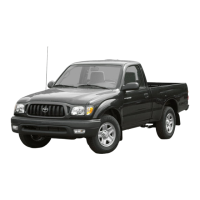

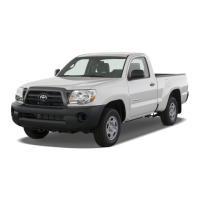
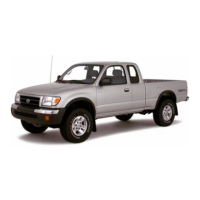
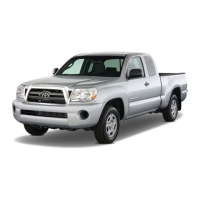


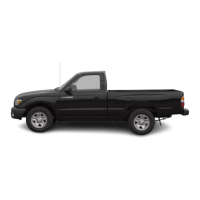
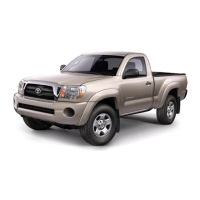
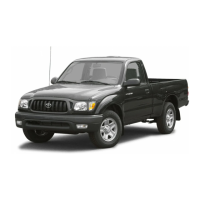
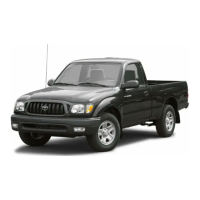
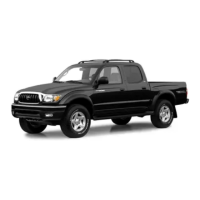
